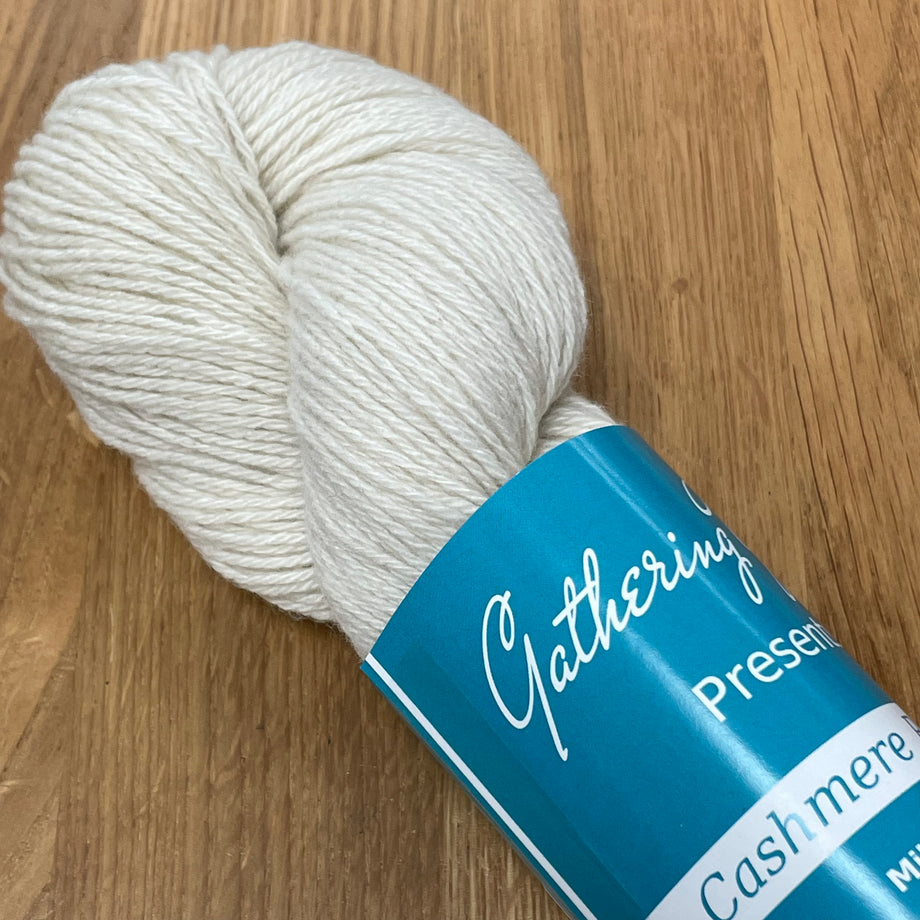The History and Perks of cashmere in Crafting Luxurious Clothing
Discovering the Various Sorts Of Cashmere a Natural Fiber for Ultimate High-end
Cashmere, an all-natural fiber, is often linked with high-end and comfort. The much more budget-friendly Chinese cashmere, the standard Scottish variation, and the high-end Italian blend, all inform a different tale of this impressive fiber.
Recognizing the Lavish Nature of Cashmere
Cashmere, typically linked with deluxe and convenience, holds an unique attraction on the planet of all-natural fibers. This soft, lightweight product is wanted for its phenomenal heat and exceptional toughness. Unlike other natural fibers, cashmere combines insulation with breathability, supplying unequaled convenience across differing temperature levels. Its glossy surface and soft texture contribute to its premium allure, validating the premium price that typically includes cashmere garments. In addition, cashmere's inherent crease resistance and flexibility improve its desirability, making it a favored selection for costs clothes and accessories. Regardless of its fragile appearance, cashmere has an unusual resilience, able to retain its shape and glamorous feel gradually. This special mix of attributes cements cashmere's setting as a sign of sophistication and extravagance.
Simply What Is Cashmere and Where Does It Originate from?

Provided these remarkable top qualities, one could question the origin and make-up of this lavish fiber. Cashmere is derived from the soft undercoat of cashmere goats, mainly found in Mongolia, China, Iran, and Afghanistan - is cashmere a natural fiber. These goats are adapted to rough weather conditions, generating an incredibly great, soft underfur as a defense versus the bitter cold. This underfur, or undercoat, is what is gathered for cashmere. Each springtime, when the goats normally shed their wintertime coat, farmers comb the fine underhair, leaving the coarser hair behind. This precise process adds to the shortage and high cost of cashmere. With its beginning in the severe landscapes of Asia, cashmere is a testimony to nature's capability to create deluxe from adversity.
Deciphering the Different Kinds of Cashmere
Understanding the different kinds of cashmere is essential to appreciating the quality and unique features of this lavish fabric. Generally, cashmere is classified into 3 kinds: raw, virgin, and recycled. Raw cashmere is directly obtained from the goat and is unrefined. This kind frequently includes impurities such as dirt and coarse hair. Virgin look these up cashmere, on the various other hand, is the pure, unrecycled material that is spun into thread for the very first time. It is the softest and most elegant. Ultimately, recycled cashmere is made from virgin product that has actually been formerly made use of. It is re-spun and used in producing lower-cost cashmere items. Translating these types is the primary step in recognizing the exclusivity and worth of cashmere.

The Distinct Attributes of Each Kind of Cashmere
Having explored the various classifications of cashmere, it ends up being noticeable that each type boasts its distinct collection of attributes. Mongolian cashmere, for instance, is renowned for its premium high quality, due to Mongolia's harsh winters months that create longer and finer fibers. Conversely, Chinese cashmere is usually a lot more budget-friendly, though its shorter fibers can minimize resilience.
Why Cashmere Is the Embodiment of Luxury in Style
Cashmere holds a prestigious setting in the globe of style, related to as an icon of deluxe and elegance (is cashmere a natural fiber). Cashmere is obtained from the fine undercoat of Himalayan goats, understood for their remarkable top quality fiber. Cashmere's unmatched convenience and longevity make it a sought-after product in the production of premium garments.
The Process of Making Cashmere: From Goat to Garment
The journey of cashmere, from being an undercoat of a Himalayan goat to an elegant garment, is an elaborate one. With the introduction of spring, farmers in Mongolia and China accumulate the woollen by brushing the goats, guaranteeing no harm is done. The acquired woollen includes rugged outer hair and soft downy undercoat. This mix is after that meticulously separated, with just the soft down made use of for cashmere. This raw cashmere is cleaned, dyed and spun into yarn. The yarn is then woven or knitted right into fabrics. The last step entails pressing and cleaning to offer the material its characteristic gentleness and warmth. From goat to garment, each action is why not find out more a testimony to the ability, creativity and patience associated with crafting cashmere.

Final Thought
Finally, cashmere, with its natural elegance and unparalleled convenience, rules supreme in the world of luxury style. The variety in types, ranging from the soft Mongolian, light-weight Indian Pashmina, affordable Chinese, typical Scottish, to the vivid Italian, exposes the flexibility of this all-natural fiber. The meticulous process of changing it from a goat to a garment additionally includes in its exclusivity, making cashmere the epitome of refinement and high-end.
Cashmere, a natural fiber, is usually connected with luxury and convenience (is cashmere a natural fiber).Cashmere, typically associated with deluxe and comfort, holds an visit site unique attraction in the world of all-natural fibers. Unlike other all-natural fibers, cashmere combines insulation with breathability, providing unparalleled convenience across differing temperatures. Cashmere is obtained from the soft undercoat of cashmere goats, primarily located in Mongolia, China, Iran, and Afghanistan. Cashmere is derived from the fine undercoat of Himalayan goats, known for their superior high quality fiber